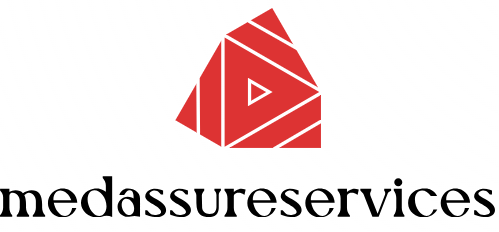Handling infectious medical waste is a critical task that healthcare facilities must prioritize to ensure safety and compliance with regulations. As healthcare providers, we generate various types of waste daily, some of which can pose significant health risks if not managed correctly. In this article, we’ll discuss the best methods for safely handling infectious medical waste, focusing on effective practices that can protect both staff and patients.
Understanding Infectious Medical Waste
Infectious medical waste includes any waste that is potentially infectious or hazardous to human health. This category can consist of items like used syringes, contaminated gloves, or any materials that come into contact with bodily fluids. Understanding the nature of this waste is the first step in effective management.

1. Identify and Classify Waste Properly
The first step in handling infectious medical waste is to identify and classify it correctly. This involves training staff to recognize which items are considered hazardous. Proper classification ensures that waste is handled according to its level of risk, which is essential for safety. By implementing clear labeling and color-coded bins, we can reduce confusion and enhance waste management practices.
2. Use Appropriate Containers
Using appropriate containers is crucial for safely handling infectious medical waste. We should always utilize puncture-resistant, leak-proof containers for sharps like needles and blades. For other types of waste, such as blood-soaked materials, biohazard bags that meet regulatory standards are necessary. Proper containers not only prevent exposure but also make disposal easier and more effective.
3. Implement a Waste Segregation System
Implementing a waste segregation system within the facility helps ensure that infectious waste is separated from regular waste at the point of generation. This system involves placing clearly marked bins in accessible locations, allowing staff to dispose of waste correctly. Educating employees on the importance of waste segregation can further enhance compliance and safety.
4. Train Staff Regularly
Regular training is vital for all healthcare staff involved in handling infectious medical waste. Training sessions should cover safe handling practices, waste classification, and proper disposal methods. By continuously educating staff, we reinforce the importance of safety and compliance, helping to minimize the risk of accidents and exposure.
5. Follow Local and National Regulations
Handling infectious medical waste requires strict adherence to local and national regulations. Familiarizing ourselves with the guidelines set forth by health authorities ensures that we remain compliant and avoid potential penalties. Regularly reviewing these regulations can help us stay informed about any changes and best practices.
6. Ensure Safe Transportation
When transporting infectious medical waste within the facility, it’s essential to follow safety protocols. Designated staff should handle the transportation of waste, using secure containers and routes that minimize exposure to other personnel and patients. This practice not only ensures compliance but also helps protect everyone in the facility.
7. Utilize Professional Disposal Services
Utilizing professional disposal services is another key aspect of handling infectious medical waste safely. Partnering with certified waste disposal companies ensures that waste is treated and disposed of in accordance with regulations. These professionals have the expertise and resources necessary to manage hazardous materials effectively.
8. Monitor Waste Management Practices
Monitoring waste management practices is essential for maintaining safety standards. Regular audits can help identify any lapses in procedures or areas for improvement. By implementing a system of checks and balances, we can ensure that our waste management practices remain effective and compliant.
9. Promote a Culture of Safety
Promoting a culture of safety within the healthcare facility encourages everyone to take responsibility for handling medical waste properly. By recognizing and rewarding safe practices, we foster an environment where staff members feel empowered to prioritize safety. This cultural shift can lead to better compliance and overall waste management.
10. Evaluate and Improve Procedures
Finally, continuously evaluating and improving waste management procedures is essential for long-term success. We should encourage feedback from staff regarding current practices and potential improvements. By adapting to new information and technologies, we can enhance our handling of infectious medical waste and ensure a safer environment for all.
Conclusion
Handling infectious medical waste is a crucial aspect of healthcare that cannot be overlooked. By implementing proper identification, training, and disposal methods, we can significantly reduce risks associated with hazardous waste. Each of us plays a vital role in maintaining safety and compliance, which ultimately protects both patients and healthcare workers. Adopting these best practices will help ensure a healthier future for everyone involved.




